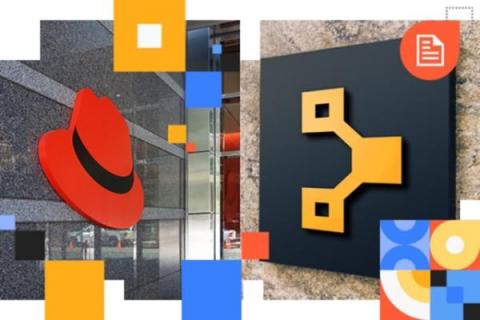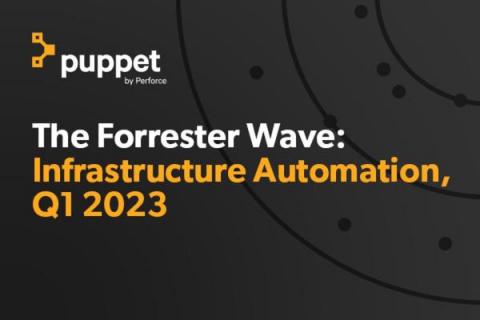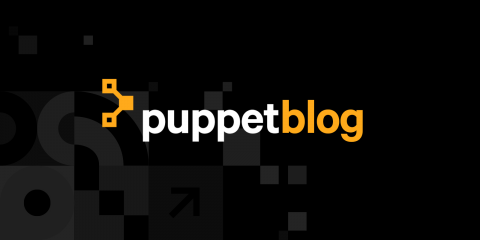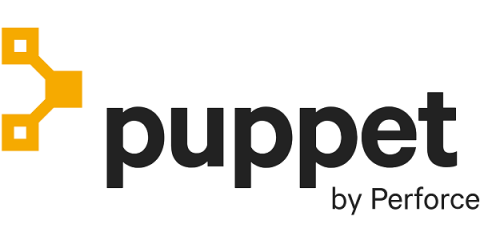Operations | Monitoring | ITSM | DevOps | Cloud
Puppet
Ansible vs. Puppet: How Does Each Stack Up?
The Forrester Wave: Infrastructure Automation Platforms Reviewed
What is Compliance as Code?
What is Configuration Management? Definition, Types + How It Works to Keep Your Systems Consistent
With drift and other issues putting your desired state at risk every day, you may wonder: What is configuration management? And how does it work? Every organization needs to define the ideal configuration of its systems. That ideal configuration, or desired state, is the state in which systems and resources are aligned to support development, network performance, and efficiency. In short, you want your environment to keep running in a desired state. Configuration management helps you do that.
Multi-Cloud Deployment: Deploying Consistent Infrastructure Across AWS, GCP, Azure + More
Puppet Announces New Introductory, On-Demand Training for Free
DevOps Best Practices - How to Get Started When Nothing Works
Platform Engineering vs. DevOps: Yes, There's a Difference - Here's Why It Matters
Terraform Alternatives: Puppet vs. Terraform
Hunting for a Terraform alternative but not sure about the differences between Puppet vs. Terraform? Both work within the IT automation space, but they are not true alternatives—as we will explore in this article. They are complementary solutions that are used to solve different use cases.











